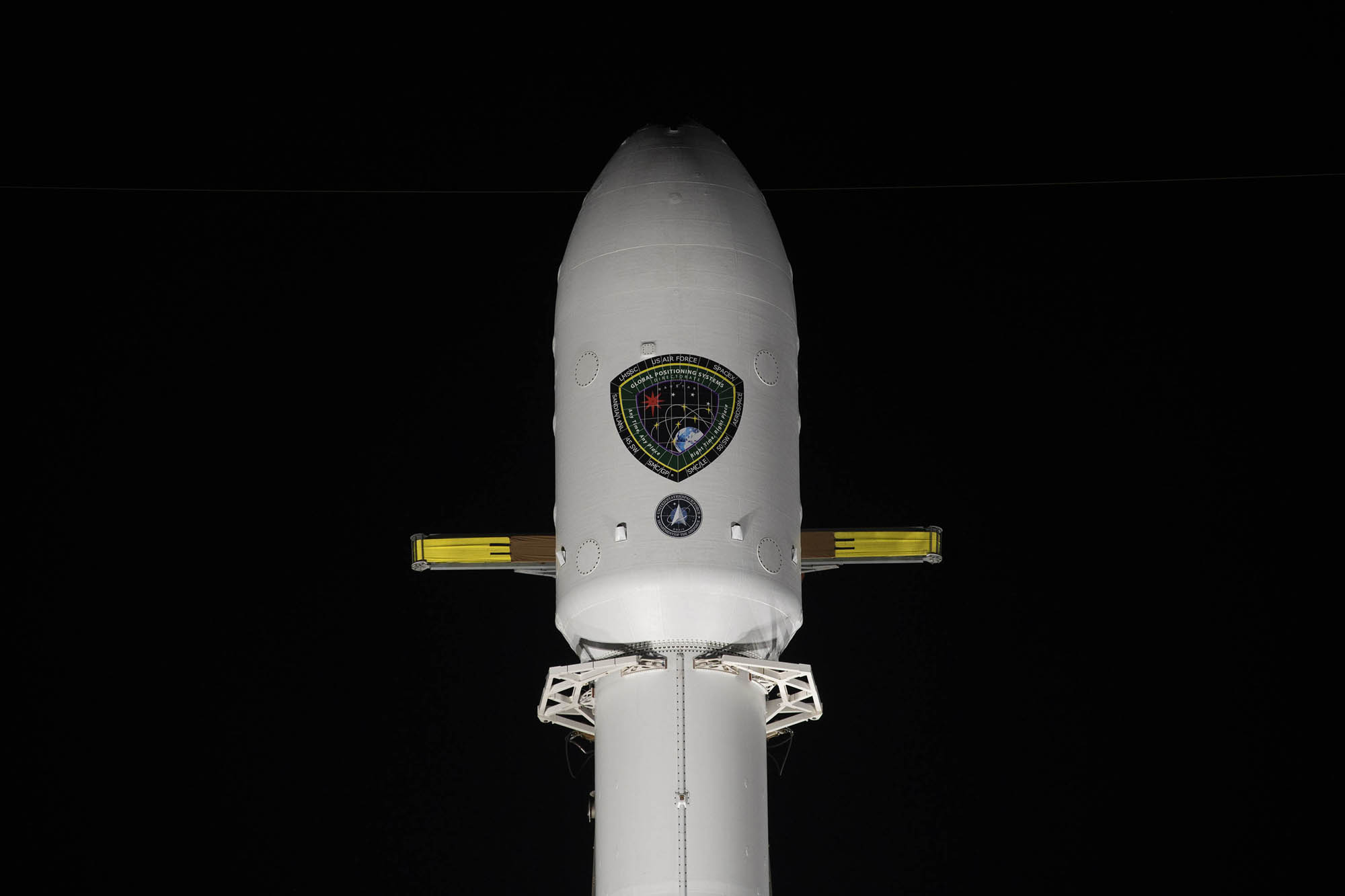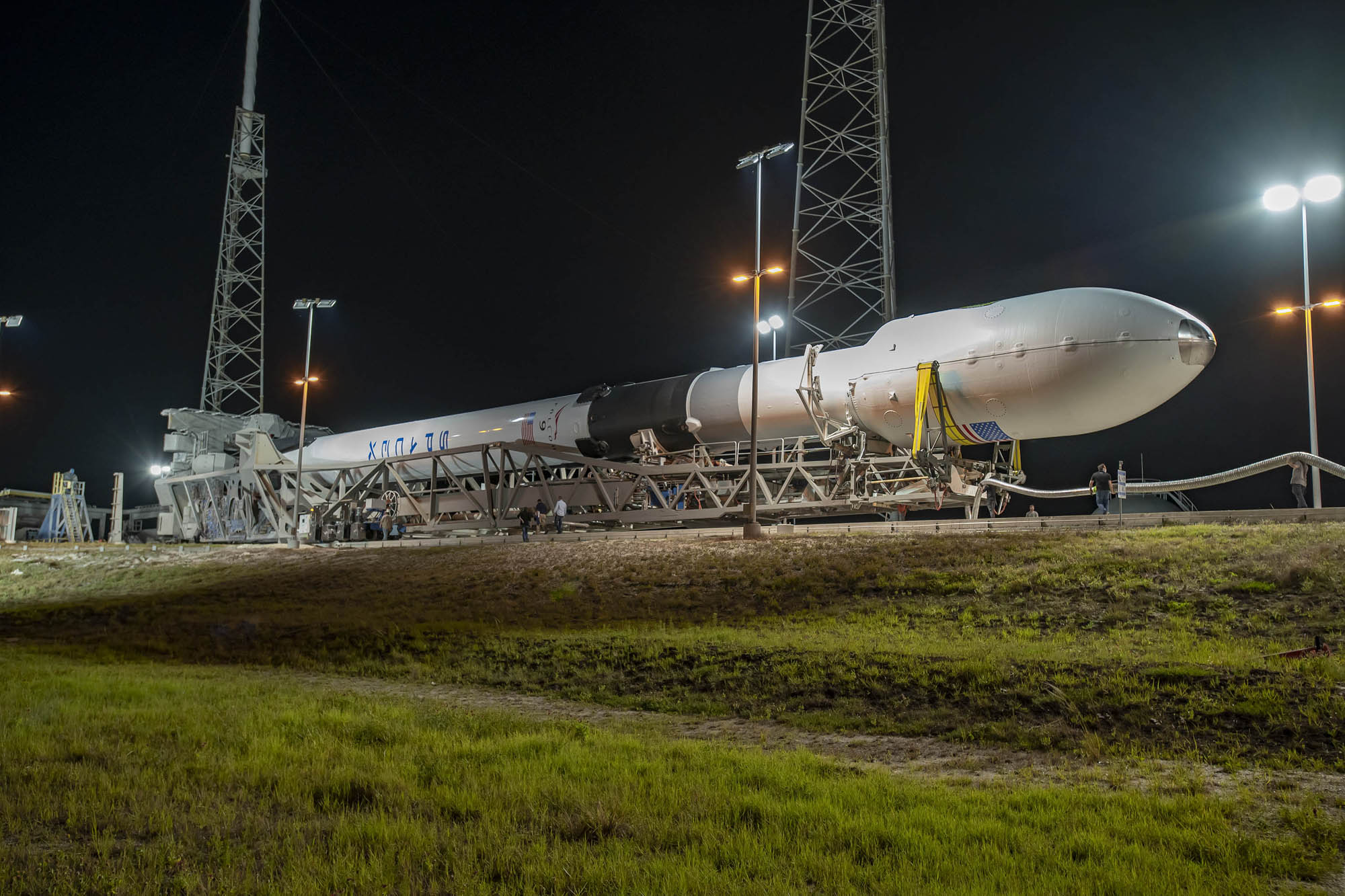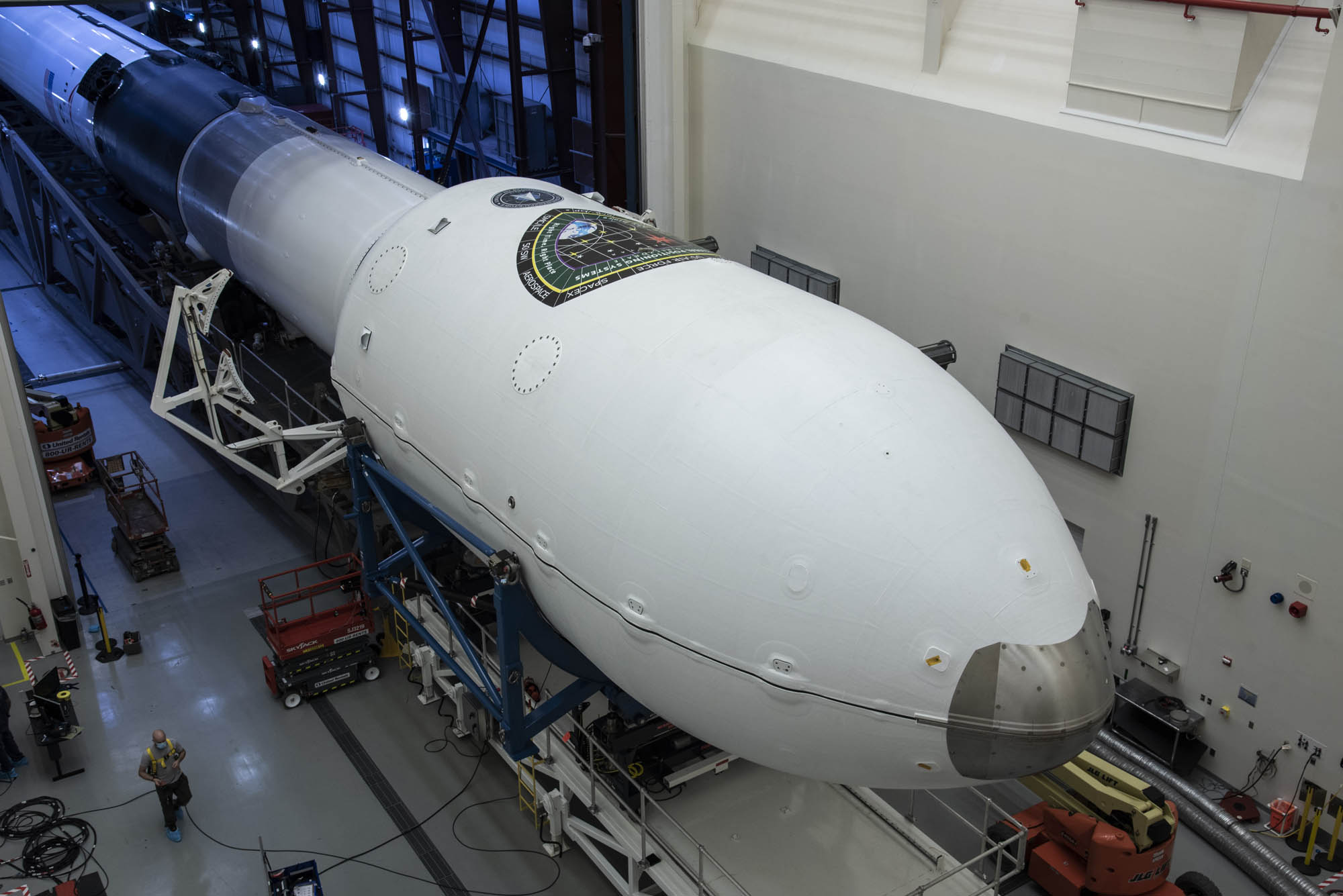SpaceX is launching an advanced GPS satellite for the US Space Force today. Here's how to watch.
Liftoff is at 4:10 p.m. EDT (2010 GMT).
Editor's note: SpaceX is now targeting 4:10 p.m. EDT (2010 GMT) for today's GPS satellite launch.
Original Story:
CAPE CANAVERAL, Fla. — SpaceX is gearing up to launch a Falcon 9 rocket today, June 30, to deliver an upgraded global positioning satellite (GPS) into orbit for the U.S. Space Force and you can watch it live online.
The flight, the California-based rocket builder's 11th launch this year, is scheduled to blast off from Space Launch Complex 40 at Cape Canaveral Air Force Station in Florida during a 15-minute window that opens at 3:55 p.m. (1955 GMT).
You can watch the launch live here and on the Space.com homepage, courtesy of SpaceX, beginning about 15 minutes before liftoff. You'll also be able to watch the launch directly from SpaceX here.
Related: The U.S. GPS satellite network explained
This is SpaceX's third launch this month and the third launch of an upgraded next-generation GPS III satellite to date. The first launched on a different Falcon 9 rocket in December 2018, while the second launched atop the very last Delta IV Medium in August 2019. SpaceX has secured the next few launches as the military works to upgrade the aging network.
Get the Space.com Newsletter
Breaking space news, the latest updates on rocket launches, skywatching events and more!
Built by Lockheed Martin, the new batch of satellites are the most powerful ever made, thanks to onboard anti-jamming capabilities and new technology that will produce signals that are three times more accurate and up to eight times more powerful than previous iterations.
In stark contrast to the Starlink launches earlier this month, which featured used Falcon 9 boosters, a shiny new Falcon 9 is the star of today's mission — a requirement set by the Air Force. The booster, dubbed B1060, will carry an advanced global positioning satellite into orbit to replace an aging satellite that was launched 20 years ago.
Related: China launches final Beidou satellite for GPS-like navigation system




This mission is SpaceX's first for the U.S. Space Force, under the recently established U.S. Space Force, which was signed into existence by President Donald Trump in December 2019. The Space Force will operate under the Department of the Air Force, and will oversee all space operations.
The mission also marks the first time the company will attempt to launch and land a booster as part of a national security launch. During the last GPS III mission in 2018, SpaceX flew its Falcon 9 in an expendable configuration — without grid fins or landing legs — and did not recover the first stage like it typically does. But the company received approval from the Space Force to recover the first stage.
To that end, SpaceX's drone ship Just Read the Instructions departed Port Canaveral over the weekend in advance of its planned recovery attempt. The ship is stationed 394 miles (634 kilometers) down range in the Atlantic Ocean, awaiting the Falcon 9's first stage as it returns to Earth approximately 8 minutes after liftoff.
Today's launch comes just days after SpaceX had to stand down from what would have been its third Starlink flight this month. That mission featured a veteran of SpaceX’s fleet of gently used Falcon rockets. The booster would have been the company’s third to fly five times. However, the company postponed the launch citing the need for additional pre-flight testing.
That mission was set to loft 57 internet-beaming satellites to help build SpaceX’s megaconstellation called Starlink, along with two Earth-observing satellites for BlackSky. The flight was part of SpaceX's new rideshare program, which was kicked off on June 13 when 58 Starlink satellites were launched with a trio of small satellites for the Earth-imaging company Planet.
The weather for today's launch looks promising, as meteorologists predict a 60% chance of favorable conditions at liftoff. It's summer in Florida and that means afternoon thunderstorms could be an issue. According to weather officials, the main concerns are storm clouds, which have the potential for producing lightning — a launch hazard.
SpaceX's two fairing catchers, GO Ms. Tree and GO Ms. Chief, are stationed out in the recovery zone. It's unclear if SpaceX will attempt to catch the fairings as they fall back to Earth, or if they will just scoop up them up after they land in the water.
The company has been successful in its attempts to reuse more of the rocket. The rocket’s nose cone, also known as a payload fairing, accounts for approximately 10% of the cost of the rocket. By reusing them, SpaceX could save as much as $6 million per flight.
Follow Amy Thompson on Twitter @astrogingersnap. Follow us on Twitter @Spacedotcom or Facebook.
Join our Space Forums to keep talking space on the latest missions, night sky and more! And if you have a news tip, correction or comment, let us know at: community@space.com.

Amy Thompson is a Florida-based space and science journalist, who joined Space.com as a contributing writer in 2015. She's passionate about all things space and is a huge science and science-fiction geek. Star Wars is her favorite fandom, with that sassy little droid, R2D2 being her favorite. She studied science at the University of Florida, earning a degree in microbiology. Her work has also been published in Newsweek, VICE, Smithsonian, and many more. Now she chases rockets, writing about launches, commercial space, space station science, and everything in between.









